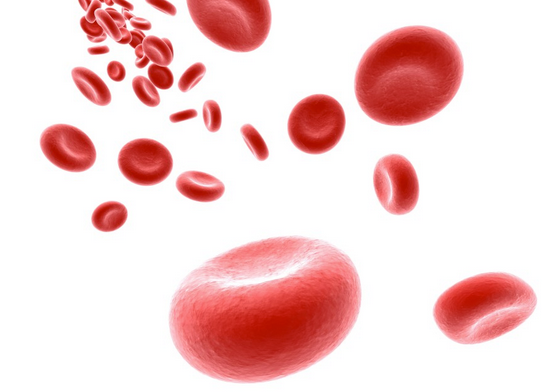
By Lisa Rapaport
(Reuters Health) - Men exposed to dioxin, a chemical once common in herbicides, may be less likely to father boys than peers who didn’t come in contact with this toxin, a recent study suggests.
Researchers studied men and women who were employed between 1969 and 1984 at a plant in New Zealand making what’s known as phenoxy herbicides, chemicals sprayed on plants to prevent uncontrolled growth. The chemical blend included several types of tetrachlorodibenzo-p-dioxin (TCDD) that are linked to a range of health issues including decreased odds of male offspring.
“Twenty years ago, it was first reported that men that had been exposed to high levels of dioxin as a result of an industrial accident in Seveso, Italy, on average fathered less boys than girls compared to men exposed to background levels of dioxin,” said lead study author Andrea ’t Mannetje, a public health researcher at Massey University in Wellington, New Zealand.
Since then, only a few studies have been done on people exposed to dioxin; some found a similar effect on the gender of children but others did not.
“This study, which was conducted in a group of former producers of dioxin-contaminated herbicides, adds to the number of studies that have observed this effect,” she added by email. “This study also provides evidence that the effect is dose-dependent (the higher the dioxin exposure, the bigger the effect) and male-mediated (the effect was observed in men with high dioxin exposure, not in women with high dioxin exposure).
Dioxins are mainly byproducts of industrial activities but can also be produced by natural events like volcanic eruptions and forest fires. These chemicals typically accumulate in the food chain, mostly in the fatty tissue of animals.
TCDD is the most toxic type of dioxin, according to the World Health Organization. Long-term exposure is linked to impairment of the immune system, the developing nervous system, the endocrine system and reproductive functions.
For the current study, researchers analyzed data on 127 men and 21 women who reported conceiving a total of 355 children after they started working at the New Zealand herbicide plant.
This group of kids included 197 boys and 158 girls, which translated to an overall sex ratio of 0.55, meaning 55 boys and 45 girls per 100 births, researchers report in Occupational and Environmental Medicine.
All of the workers in the study provided blood samples in 2007 and 2008 for researchers to test for concentrations of TCDD. Researchers used the results to estimate blood levels of the chemical for the parents at the time their babies were born.
For fathers with blood concentrations of TCDD of at least 20 picograms per gram (pg/g) at the time of birth, the sex ratio was 0.47, meaning these men were more likely to have girls than boys.
When fathers had blood concentrations of at least 100 pg/g at the time of birth, the sex ratio was 0.45, making boys even less likely for fathers with greater exposure to the herbicides at the plant.
Researchers didn’t find an effect in women.
One limitation of the study, however, is that it didn’t include enough female workers to produce statistically meaningful results about their babies. Researchers also lacked data on blood concentrations of TCDD for many of the workers at the plant, reducing the number of employees that could be included in their analysis.
Still, the findings add to results from research at the accident site in Italy, that also found the decrease in male births was more pronounced when people were exposed to larger amounts of dioxin, said Michele Marcus, a public health researcher at Emory University in Atlanta who wasn’t involved in the New Zealand study.
“This is important because the sex ratio was proportional to the dose of the exposure,” Marcus said by email. “This makes it more likely that the exposure is causal.”
SOURCE: http://bit.ly/2cEDes0 Occupational and Environmental Medicine, online August 31, 2016.

